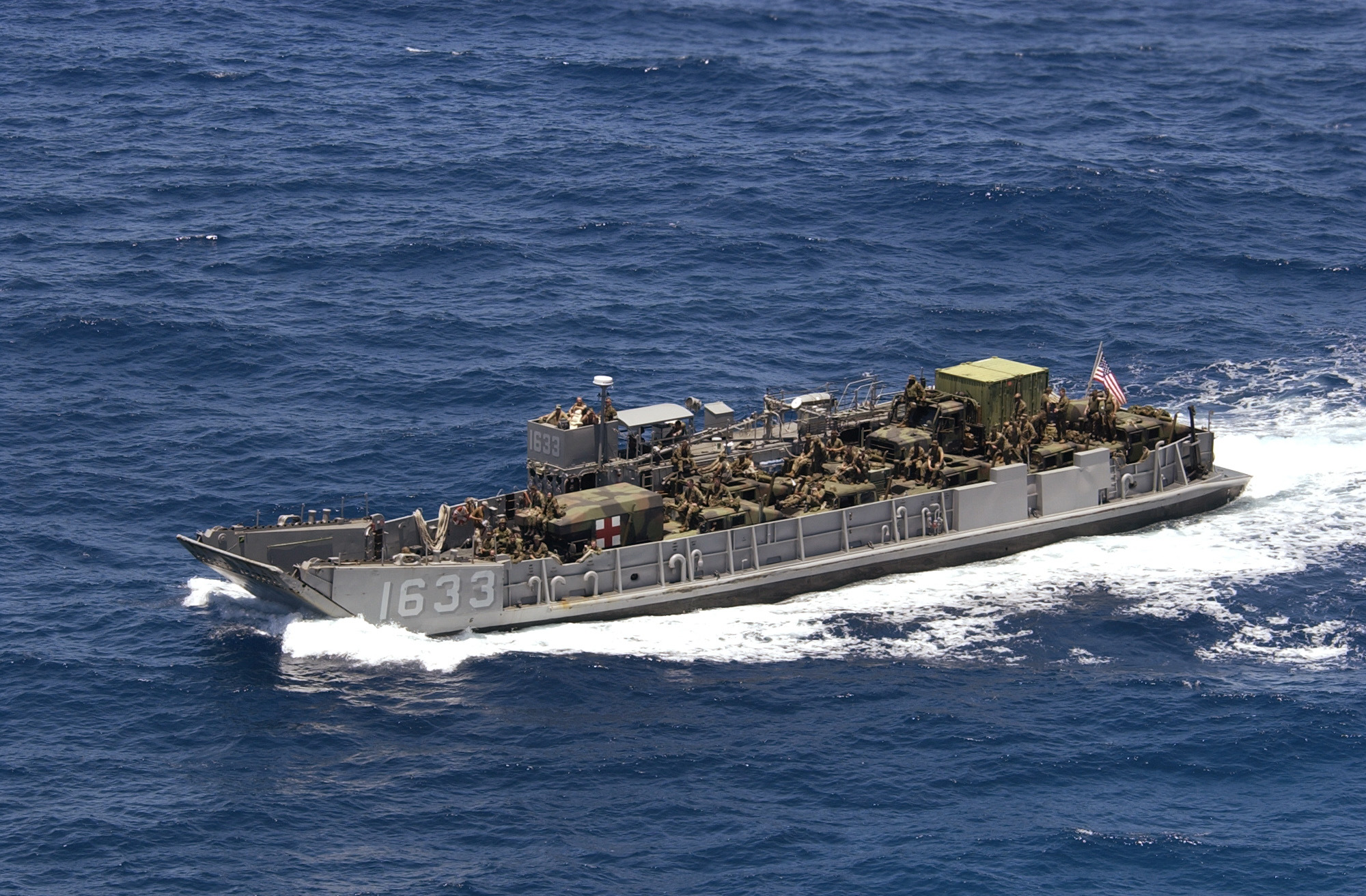
The U.S. Navy’s Landing Craft Utility (LCU) 1700 program, tasked with replacing aging amphibious vessels, has encountered unexpected turbulence. On February 23, 2024, the Navy issued a halt-work order to Swiftships, the program’s primary contractor, and initiated contract termination procedures. This decision, cloaked in a fog of “years of challenges and disagreements,” has left the future of the LCU 1700 program and its crucial role in the Navy’s amphibious capabilities uncertain.
Ambitious undertakings and unforeseen currents
Launched in 2018, the LCU 1700 program aimed to modernize the Navy’s aging LCU 1610 landing craft fleet. These workhorses of amphibious operations ferry troops, vehicles, and equipment from Navy ships to shore, playing a vital role in beach landings and other critical missions. With a contract valued at approximately $1.2 billion, Swiftships, a Louisiana-based shipbuilding company with a strong track record in military vessel construction, was entrusted with building 32 new, improved LCUs.
The LCU 1700s promised significant advancements over their predecessors. Designed for enhanced efficiency and operational cost-effectiveness, they boasted improved propulsion systems, increased cargo capacity, and lower maintenance requirements. Additionally, the new landing craft incorporated modern advancements for potential future integration of autonomous capabilities.
Rough waters ahead: The reasons behind the halt
Possible explanations for the program’s troubled journey include cost overruns exceeding initial budgets, delays in construction schedules that hampered timely delivery, performance concerns regarding the vessels’ capabilities, or unforeseen technical challenges encountered during the build process. The Navy’s lack of transparency regarding the precise reasons for the termination has left room for speculation and fueled concerns about the program’s future.
Uncharted territory: The program’s uncertain future
The abrupt halt of the LCU 1700 program has left the Navy navigating uncharted territory. The consequences of this decision are multifaceted. The immediate impact is a delay in replacing the aging LCU 1610 fleet, potentially affecting the Navy’s amphibious capabilities and operational readiness. Additionally, Swiftships faces significant financial losses due to the contract termination.
Looking ahead, the Navy’s next steps remain unclear. Several potential courses of action exist. The program could be restarted with a different contractor, potentially requiring modifications to the original design or specifications to accommodate a new builder’s capabilities. Alternatively, the Navy could choose to revise the program’s requirements altogether, seeking alternative solutions to meet their amphibious needs. However, each option presents its own set of challenges and uncertainties.
The U.S. Navy’s decision to halt the LCU 1700 program has cast a shadow over the future of its crucial amphibious capabilities. While the reasons for the program’s termination remain unclear, the impact is undeniable. The Navy faces the challenge of charting a new course, navigating a sea of questions with no clear anchor in sight. The future of the LCU 1700 program and its role in ensuring the Navy’s amphibious readiness remains uncertain, leaving only the echoes of disagreements and the promise of unfulfilled ambitions rippling across the waves.
